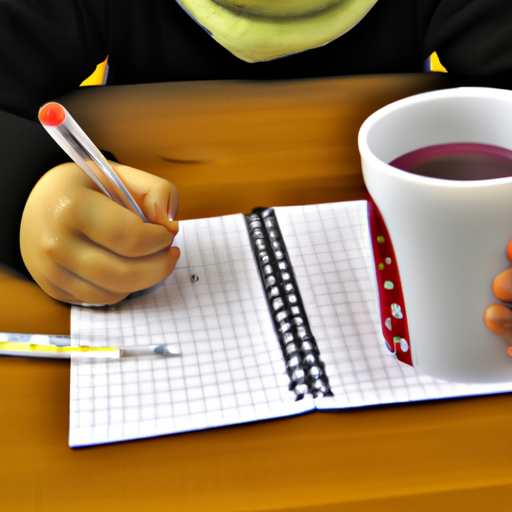Okay kids, let’s learn about temperature and insulation by comparing the temperature of three different cups! Here’s what you’ll need:
- 3 cups (1 cup of lard, 1 cup of dry cotton balls, 1 cup of water)
- 3 thermometers (1 for each cup)
- A place to take the temperature (outside or in the fridge)
First, let’s set up our cups. Fill one cup with lard, one cup with dry cotton balls, and one cup with water. Then, place a thermometer in each cup.

Next, let’s take the temperature of each cup every 15 minutes for an hour. We can do this outside or in the fridge (just make sure to give the thermometers time to adjust to the temperature). Record the temperature of each cup every 15 minutes.
Now, let’s compare the temperatures of the three cups. Which cup is the warmest? Which is the coldest? Why do you think this is?
The lard is probably the warmest cup, because it has the most insulation. The lard is like blubber on an animal like a walrus – it helps to keep the animal warm by trapping heat inside. The cotton balls are probably the second warmest cup, because they have some insulation but not as much as the lard. Finally, the water is probably the coldest cup, because it has no insulation at all.
Now, let’s compare the cups to animals. The lard is like a walrus with blubber, the cotton balls are like an Arctic fox with a thick fur coat, and the water is like an animal that is not fit for a cold climate, with no thick insulation to keep it warm. Can you see how insulation is important for animals to stay warm in the cold?

Great job comparing the temperatures of the three cups every 15 minutes for an hour! You now know how insulation can help keep things warm, just like blubber, a thick fur coat, and other insulating materials help keep animals warm in the cold.
